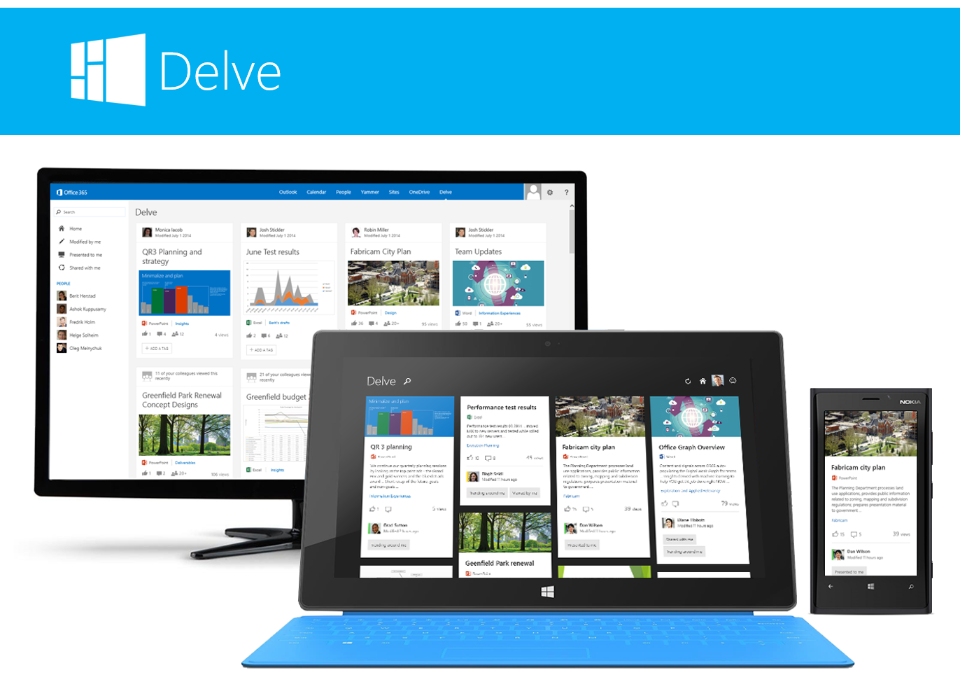By Paul Caffrey, senior cloud solutions consultant, MJ Flood Technology
Connect with me on Linkedin, Follow me on Twitter: @PaulMMCaffrey
Moving your email to the cloud is no longer a trend setting move. Many businesses have been using cloud-based email for years and it has become a relatively mature technology. However, if your business email is only now making the leap to the cloud, here are three tips to make the transition easier.
Tip 1: Pick the Right Cloud and the Right Email Platform
This may sound very obvious, but you always need to dig a little deeper when looking at moving such a business-critical application offsite.
When Microsoft’s BPOS (Business Productivity Online Suite) launched in 2009, it was based on 2007 technology, was expensive and had limitations. This paved the way for service providers to offer Hosted Exchange, a happy medium between leveraging the cost savings cloud provides combined with the functionality you would expect if hosting your email server locally.
Is Hosted Exchange Still a Good Option?

MiniDisc technology was wiped out by massive cost reduction of CD-R technology and the rise of MP3 players.
Using Hosted Exchange reminds me of using MiniDisc players, remember them? They replaced the CD Walkman and allowed people to put up to four albums onto one MiniDisc allowing you to carry much more music with you. The rapid reduction in the cost of CD-R technology and media free music players (MP3) such as iPods and the Creative Zen caused the industry to cease producing them completely.
Similarly to the MiniDisc decline, accessing email via Hosted Exchange where suppliers need to still purchase traditional Microsoft licensing, store the service on shared data center resources and provide filtering services has become less popular as the cost of this compared to a service such as Office 365 simply doesn’t compare.
Many businesses we work with now, are looking to transition from Hosted Exchange to Office 365.
What about Google Apps?
If you decide Microsoft is not for you, there’s always the option of Google Apps. But many businesses are contacting us to migrate off this platform for various reasons. Serious research is needed along with buy in throughout your organisation if you are going to swap out Microsoft technology in favour of Google.
Time and time again businesses tell us they experience higher costs and serious service restrictions such as mailbox size. Some mobile device management services struggle to connect too due to restrictions of using shared resources.
So Why is Office 365 Leading the Way?
Since its launch in 2011, Office 365 has become a powerful beast. There are over 80 million Exchange Online mailboxes in existence. Exchange Online 2013 has matured and offers many features that are simply too expensive to run locally. High level examples are 50GB mailboxes, full email protection, unlimited archiving and high availability of the service.
The service allows businesses to reduce their Microsoft licensing spend as CALs are included within the subscription cost. The service is improving all the time and apart from email, it encompasses the expected technologies for document sharing and storage, instant messaging and video conferencing and of course access to the latest version of Microsoft Office.

Microsoft Delve depicts trends showing what you and others you’re following are working on
Constant Evolution
What’s really exciting is the addition of multiple services such as Microsoft Delve which provides a personalised tiled view of content you are accessing across the Office 365 service. Depending on who you follow or work with inside your business, you also get visibility on what’s trending around you. There are many more add ins to explore from Yammer to Office 365 Video. What’s impressive is the subscription price is not increasing despite additional functionality being added month on month.
Backing from the CEO
Microsoft Exchange is evolving too, with high level solutions such as Public Shared Mailboxes solving the issue of Public Folders. Microsoft CEO, Satya Nadalla who is almost a year in the top job has publically stated that Office 365 is the long term replacement for Exchange onsite.
“Office 365 is the new Exchange and one will cannibalize the other. The key is to ensure that current Exchange customers can transition on their own terms.”
Satya Nadalla, CEO of Microsoft
Tip 2: Plan the Migration thoroughly
Any change to a key piece of infrastructure should always be well planned, particularly when doing a mail migration as it generally affects every user within the organisation.
Don’t Overlook the Minimum Requirements
Making sure that you meet minimum requirements is something not to overlook. Office 2007 is no longer supported meaning that if there is difficulty getting Office 365 to connect to Outlook 2007, there is nobody to turn to for support. Later this year, Office 2010 will no longer be supported, which will have a bigger impact on those moving to the cloud.
Experienced engineers can get older clients to connect to Office 365, but there are some that will simply not connect and will need to be updated.
Smaller organisations are recommended to complete either a manual or cutover migration. It is recommended that larger companies make the move to cloud using a temporary hybrid approach. Once the consultancy has made recommendations on which approach best fits, then the migration planning can commence.
Each of these options has prerequisites that need to be in place or setup as part of the project. This will need to be factored in as it can sometimes take a few months for businesses to update their network to meet them.
Inform Employees of Infrastructure Updates
Apart from the email migration, a plan must be in place to allow remote workers gain access to the new email service. Laptops can be updated remotely, mobile devices can be updated using Mobile Device Management (MDM) solutions or manually by users. Communication with these employees is crucial to prevent being bombarded with helpdesk calls internally.
A robust detailed plan for the email migration is recommended with clear milestones and communications shared internally.
Tip 3: Get the In-Life Support you Need
No matter what cloud solution you purchase, having inadequate support will inevitably cause difficulties for you and your team.
Microsoft provides free support with Office 365, it serves millions of customers globally and given the subscription cost, many consider it good value for money. However, my experience is that Irish and UK customers want their issues resolved and questions answered faster than the available free support offers.
When taking any cloud service it is important to clarify the support SLAs and decide if they meet your requirements. Across the market the support provided varies wildly. The main request we have from businesses is that support be easily accessible across business hours and that they reach an engineer who understands the wider infrastructure and software that they are running.
It is strongly recommended that in life support be firmly on your agenda so that you can have a smooth experience once you have made the leap to cloud technology.
For more information on how to seamlessly migrate your email to the cloud, contact us today.


